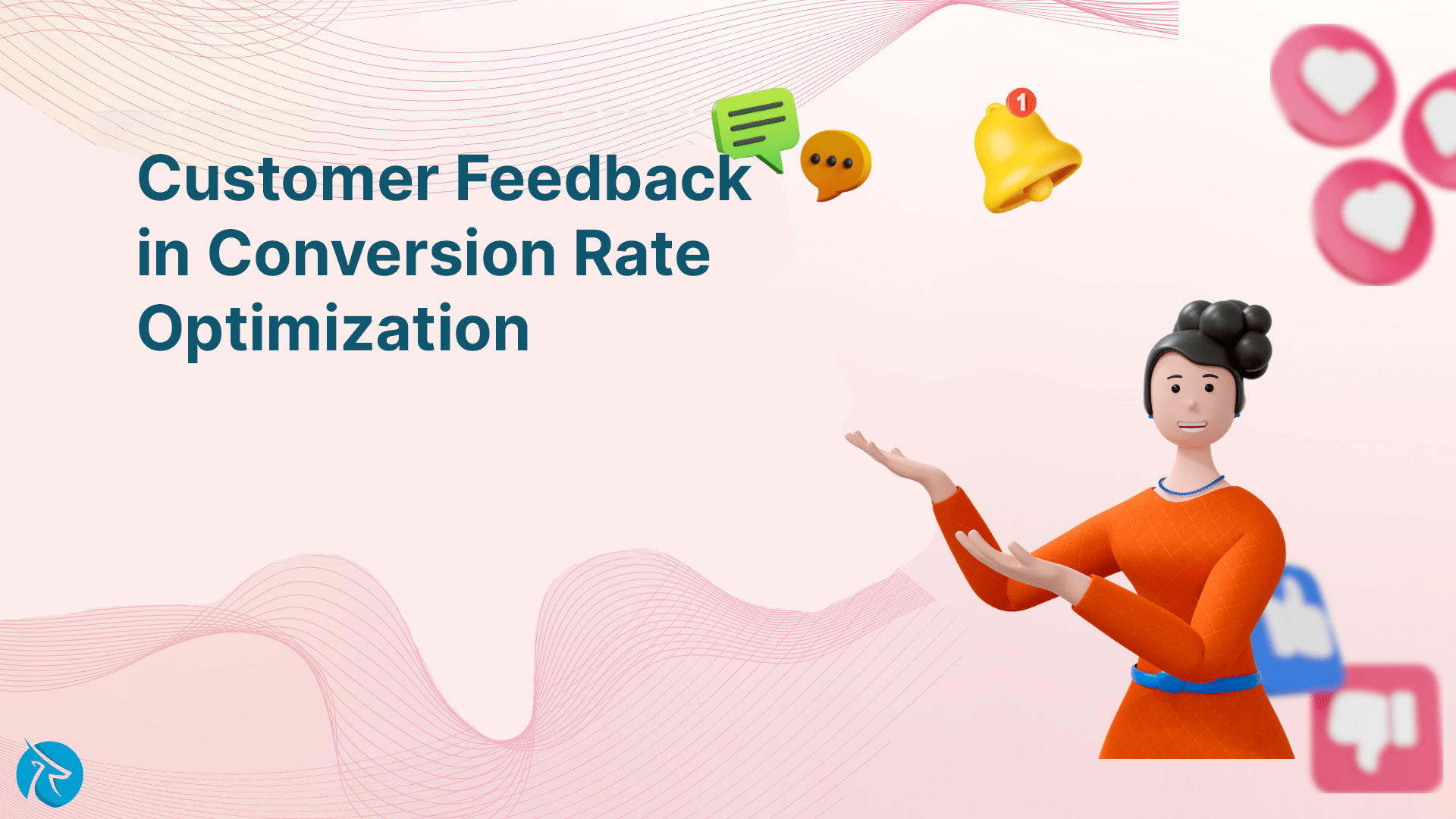The evolution of VAT: a brief historical journey of tax

Taxes have played a vital role in the development of society, serving as an integral part of civilization since antiquity. Tax charges are different from country to country; for example, in India, the Goods and Services Tax is the tax law for online business owners. There is a wide range of taxation systems, and VAT (Value Added Tax) stands as a pivotal mechanism for revenue generation worldwide.
Taking into account tax laws will help businesses avoid penalties and legal issues. Fordeer would like to provide you with some tax regulation knowledge to ensure your business meets its legal obligations, fills out accurate returns, and pays taxes on time.
Let’s go on a historical journey of tax!
What does VAT mean?
VAT is a type of consumption tax imposed on the consumer at each stage of the production and distribution chain. The amount of VAT the user pays is based on the cost of the product minus any costs of materials in the product that have already been taxed at a previous stage.
Businesses engaging in B2B transactions typically have a threshold for VAT registration. Once their turnover surpasses this threshold, registration becomes mandatory. Even if it is below the threshold, businesses might opt for voluntary registration to reclaim VAT on their expenses.
Tracing back to the origin of tax
The foundation of taxation
Taxation, as a concept, finds roots in ancient civilizations like Mesopotamia, Egypt, and Rome. These early levies predominantly revolved around tribute, labor, or goods, rather than the structured taxation systems we know today.
Taxation, in ancient times, served several purposes, and its imposition was driven by various socio-economic and political needs.
Funding Governance and Public Services
In ancient times, taxes were collected to sustain rulers, kingdoms, and governments. They provided the necessary resources for administration, defense, and infrastructure development.
Funding Military and Defense
Back in the day, the military and defense were powerful tools for protecting and expanding the country. Taxes also provide a funding source for military activities and territories from external threats, ensuring the security and sovereignty of the state.
Symbolic and Political Power
In ancient times, the taxation system also served as a way to consolidate the power of the rulers of the governing bodies or political regimes over their subjects, reinforcing their control. Taxes also act as a symbol of authority to ensure the stability of the country or state.
Financing Public Works and Projects
For society to develop, tax revenue is used for building roads, bridges, irrigation systems, or other public works essential for progress. Moreover, in some societies, taxes were collected as a form of tribute or feudal obligations to lords or rulers in exchange for protection or land usage.
The appearance of modern taxation
During the Industrial Revolution stage, modern taxation emerged to be of paramount importance. Pioneered by Britain in 1842, income tax marked a significant shift from reliance solely on trade and property taxes. It was the first income tax levy in Britain outside of wartime.
It provides essential services for their communities, forming the bedrock of early economic and political structures. Modern taxation systems have evolved significantly from then on.
Income Tax
As we mentioned above, income tax is a tax levied on individuals’ earnings from employment, business, and investments. In the modern world, income taxes play a pivotal role in modern societies.
Income taxes help distribute social resources more equally, as higher-income earners pay proportionally more taxes. This aids in redistributing wealth and reducing income inequality, fostering a more equitable society.
Governments also use income tax as a tool for economic management, employing it to stimulate or cool down economic activity through changes in tax rates and deductions. For the sake of the countries’ thriving economies, income taxes support research, innovation, and economic development initiatives.
Take the income tax of Canada as an example. Canada implements a progressive income tax system where higher earners pay a higher percentage of tax on their income. They also have various tax credits and deductions to support families, students, and other groups.
Corporate Tax
Corporate Tax is taxes imposed on profits earned by corporations or businesses. With the rise of many companies and corporations, corporate tax is a substantial source of government revenue, contributing to funding public services, infrastructure, and social welfare programs.
Businesses take advantage of social resources so that corporate tax makes sure that all businesses, regardless of size or industry, contribute a fair share to society. Corporate tax rates vary across EU countries. Ireland, for example, has a low corporate tax rate, attracting multinational corporations to establish operations there.
Sales Tax
The optimum goal of a business is to maximize revenue, and sales are the main source of revenue for a business as well as for governments. As a result, it helps fund public services, infrastructure, and social welfare programs.
Property Tax
For many countries, property tax funds several services like schools, police, fire departments, and infrastructure maintenance. Property tax provides a relatively stable and predictable revenue stream compared to other taxes, as property values tend to change gradually over time.
Capital Gains Tax
Capital Gains Tax is a tax through the sale of assets such as stocks, real estate, and other investments. Governments can use capital gains tax rates to influence investment behavior, stimulating or restraining investment activity based on prevailing economic conditions.
Value Added Tax
VAT is a kind of consumption tax levied on the consumption. VAT provides a steady and predictable revenue stream for governments due to its collection at each stage of the production and distribution chain.
Irrespective of income levels, VAT is applied uniformly to goods and services, ensuring a broader base for taxation and distributing the tax burden across consumers. EU countries implement VAT, varying in rates and exemptions. For instance, Germany has a standard VAT rate of 19%, while reduced rates apply to specific goods and services, such as food items.
The emergence of VAT: Mid-20th Century
VAT seems to be a popular term as we are sure that you are all used to seeing the word VAT on your bill. However, have you ever wondered about the origin of VAT and its importance?
The emergence of VAT shows a whole shift in taxation, originating from post-World War II economic challenges and evolving into a global taxation standard. Step by step, in the 1970s, VAT gained momentum across Europe.
The European Union standardized VAT across its member states, harmonizing tax rates and regulations to facilitate intra-EU trade. VAT's success in Europe led to its widespread adoption globally, albeit with variations in rates, exemptions, and complexities.
Normally, businesses collect VAT on behalf of the government, remitting the difference between input and output VAT. Countries adapted VAT to suit their economic structures, leading to diverse implementations across different jurisdictions.
What about the VAT of businesses in the Shopify eCommerce platform?
Shopify - an e-commerce platform that enables individuals and businesses to create their online stores and sell products or services - also offers various tools and apps to assist businesses in handling VAT:
- Tax Settings: Shopify allows merchants to set up tax rules and rates based on the location of their customers.
- Apps: There are third-party apps available on the Shopify App Store that help with VAT compliance, reporting, and automating tax calculations based on different regions.
- Reports: Shopify provides reports that can assist businesses in tracking VAT collected, making it easier to comply with tax regulations.
Now that we all have general knowledge of VAT, let’s dive into more specific information about VAT regulations and how to stay compliant with them!
Functioning of VAT: Principles and Mechanisms
The function of Value Added Tax (VAT) in Business-to-Business (B2B) transactions revolves around its principles and mechanisms.
Principles of VAT in B2B Transactions
VAT is a multi-stage taxation. It is applied at various stages of production and distribution, involving multiple transactions between businesses.
Businesses deduct the VAT they've paid on purchases (input VAT) from the VAT they’ve collected on sales (output VAT). In B2B transactions, the responsibility for paying VAT shifts from the suppliers to the recipients through a research charge mechanism. The recipient reports and pays the VAT directly to the tax authority.
Mechanisms of VAT in B2B Transactions
Businesses involved in B2B transactions must register for VAT once they exceed a certain turnover threshold set by the government. VAT-compliant invoices detailing specific information are essential in B2B transactions to facilitate input tax claims and comply with tax authorities.
When it comes to B2B transactions, registering for VAT on surpassing a government-set turnover threshold is key. There are many Invoice Generator apps with user-friendly interfaces, customizable invoice templates, and seamless Shopify integration. Especially, these apps can create tax-compliant, professional invoices, and add custom fields in appreciation.
In international B2B transactions, specific rules and procedures may apply. Thanks to the Internet, international sales have never been this easy; however, cross-border transactions also make it difficult to determine which VAT jurisdiction applies.
VAT obligations may vary based on sales thresholds in different countries, impacting when and where businesses need to register for VAT. Many jurisdictions have specific VAT rules for digital services, such as e-books, software, streaming services, etc., requiring compliance with VAT regulations for these offerings.
Some authorities hold online marketplaces or platforms responsible for VAT collection and remittance on behalf of their sellers. In some cases, marketplaces can be held jointly liable for unpaid VAT by their sellers.
Challenges of the evolution of VAT on E-commerce
Due to the digital nature of transactions, different countries have varying VAT rates and thresholds, making it challenging to determine the applicable rate for cross-border sales. E-commerce businesses might need to register for VAT in several countries, increasing the administrative burden and compliance costs.
Cross-Border Transactions
E-commerce enables businesses to sell on a global scale. That can complicate VAT compliance due to varying tax rates and thresholds. Defining a VAT rate for each product or service in the digital market can be a challenging task, especially with differing rules on what constitutes a digital service.
Compliance and Administration
Businesses are required to provide proper invoices, such as accurately detailed VAT rates, country codes, and compliance with local invoicing regulations. Also, small e-commerce enterprises might struggle with understanding and adhering to VAT regulations across multiple jurisdictions.
Technology and Implementation
- Adopting and integrating tax technology to accurately calculate and collect VAT across various regions can be complex and may require significant investment in software and systems. E-commerce businesses need to stay updated with ever-changing VAT regulations in different countries, which can pose a challenge in terms of adapting systems and processes to remain compliant.
Consumers’ experiences
- For consumers purchasing from abroad, varying VAT rates and additional taxes can lead to discrepancies in pricing, potentially affecting their purchasing decisions. VAT and customs duties can impact the final cost of goods for consumers, leading to unexpected expenses upon delivery and potential dissatisfaction.
Tax Administration Challenges
- Tax authorities face challenges in enforcing VAT compliance on international e-commerce transactions due to the digital nature of goods and services, making it harder to track and enforce tax collection. The lack of harmonization in VAT policies and regulations globally may create complexities and disparities in compliance requirements across different countries and territories.
To recap,
From its humble beginnings in post-war Europe to its global prevalence today, VAT is a cornerstone of modern taxation. As VAT continues to shape economies worldwide, its compliance in e-commerce encompasses a myriad of challenges.
Stay tuned with Fordeer for our next updates!
- Install Fordeer Apps for Free
- Get immediate assistance by chatting with us.
- Join Fordeer Commerce Community for fresh app updates, expert tips, and private deals.











